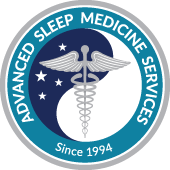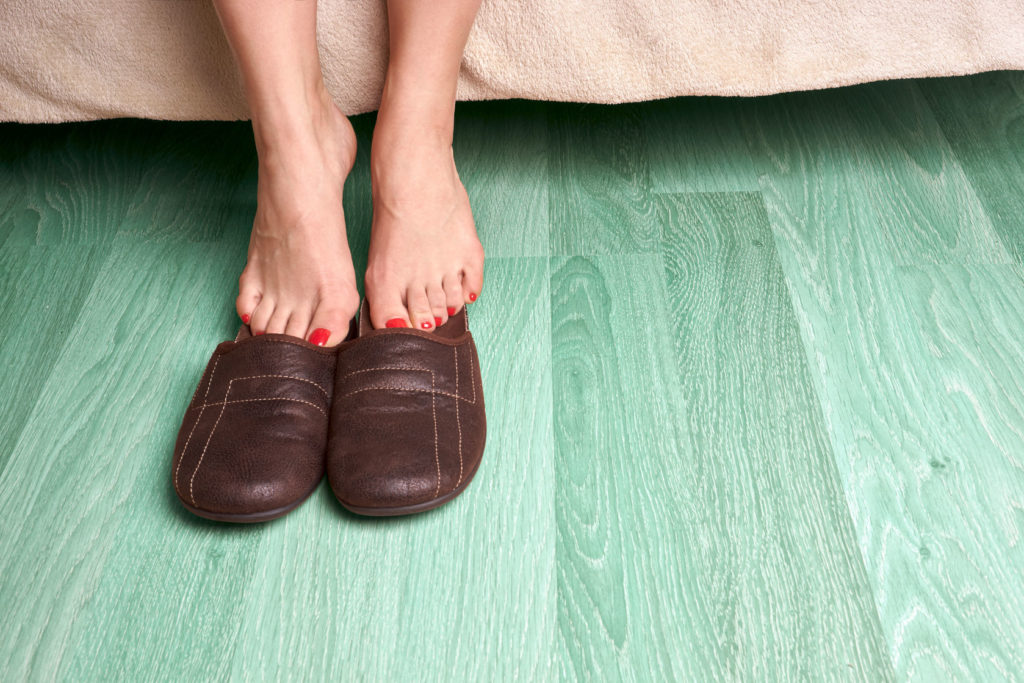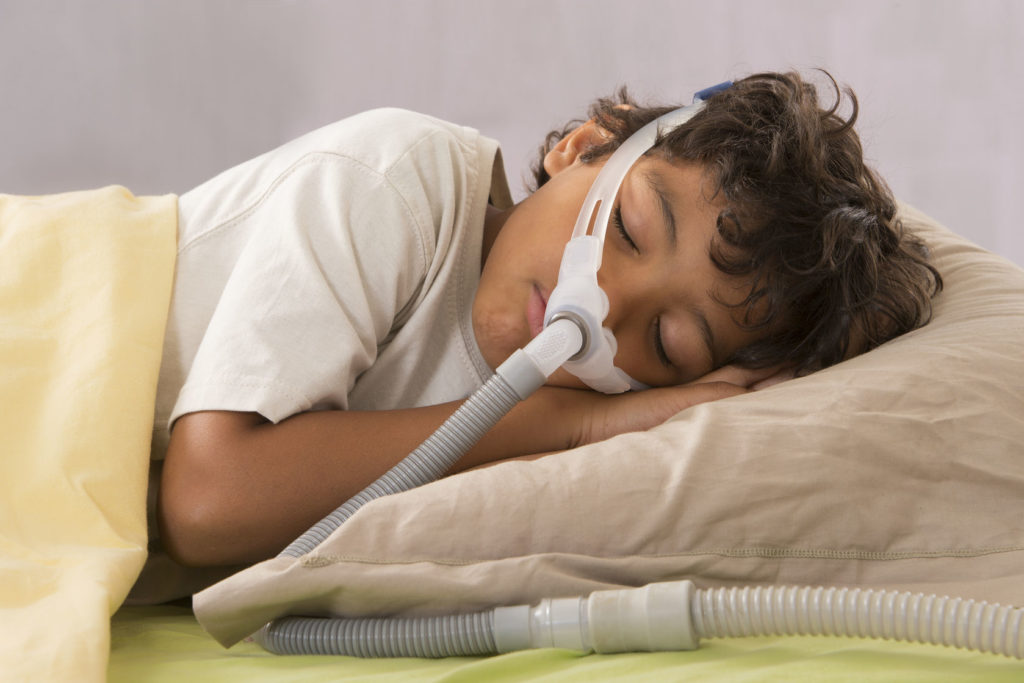Use it or Lose it! Your Health Benefits May Expire at the End of the Year
Did you know that if you don’t use all of your health insurance benefits this year, you lose them forever? You may have met your deductible for 2016 already. If so, you can take advantage of lower (or no) out-of-pocket expenses for medical services such as sleep studies, PAP or supplies (learn about insurance coverage for … Read More »










